ENG
Hello everyone 🤗
How are you all? I hope you are fine. I wish you all well.
While walking in the historical Castle, which is the tourism center of Antalya,
I accidentally visited a magnificent mosque that was converted from a church to a mosque.
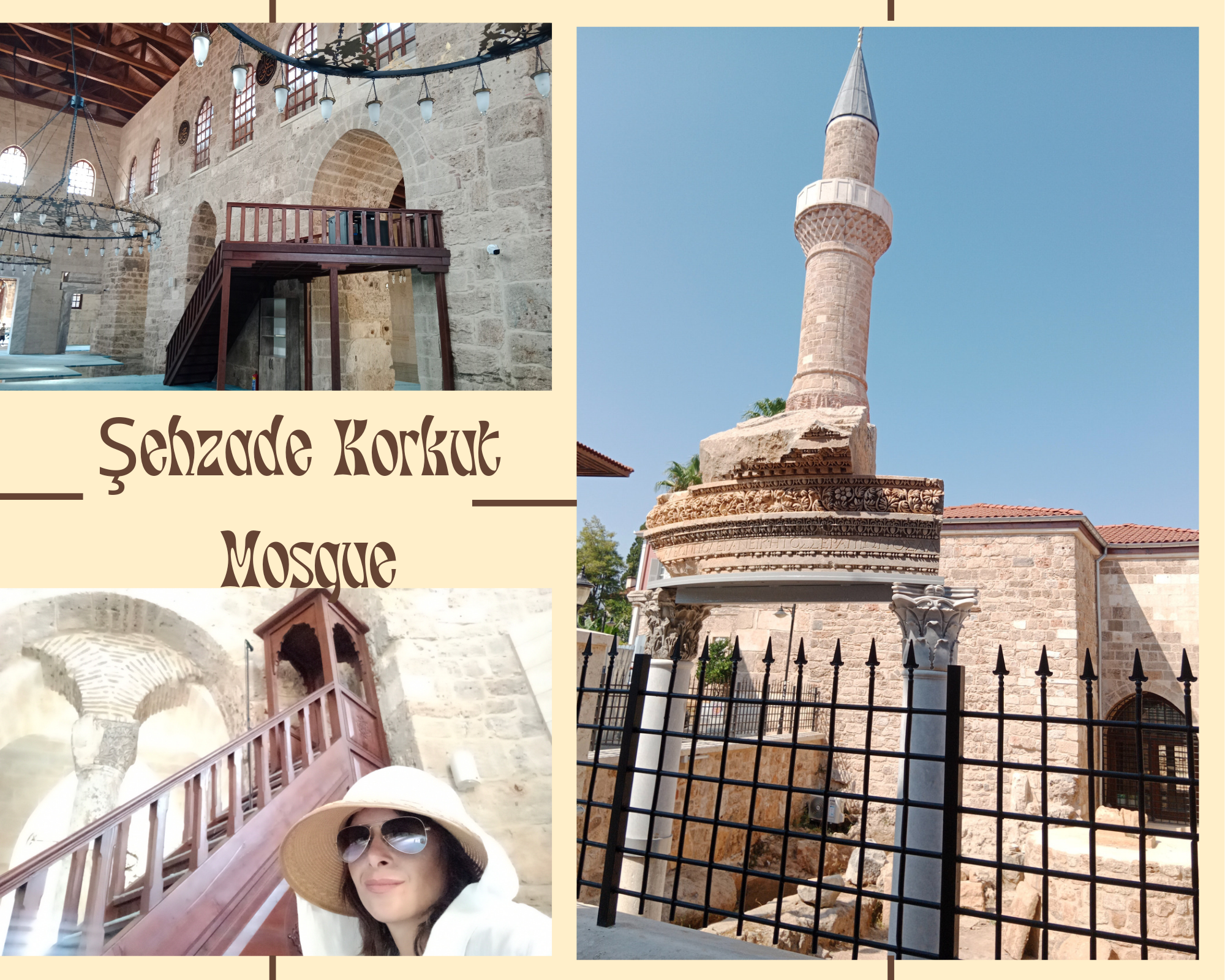
EXTERIOR VIEWS OF THE MOSQUE
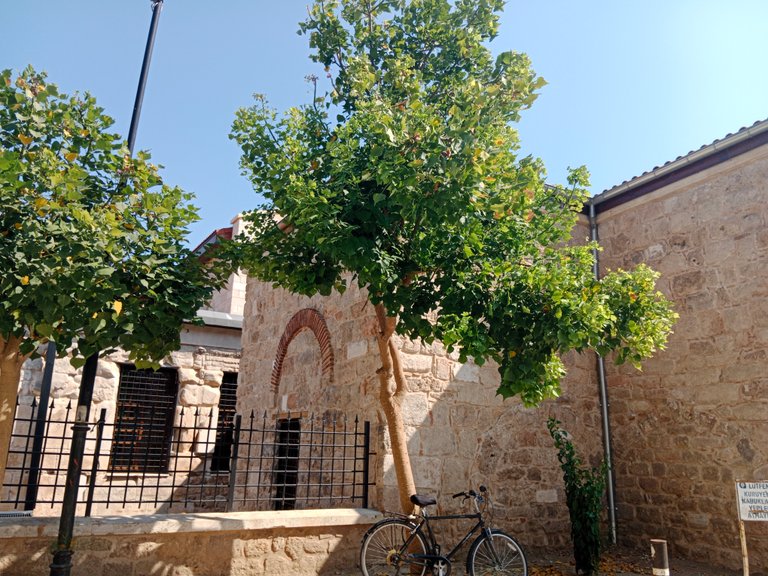
The mosque looked very beautiful from the outside. In its garden, historical remains were exhibited in the form of a museum. First, I took pictures of the exterior of the mosque.
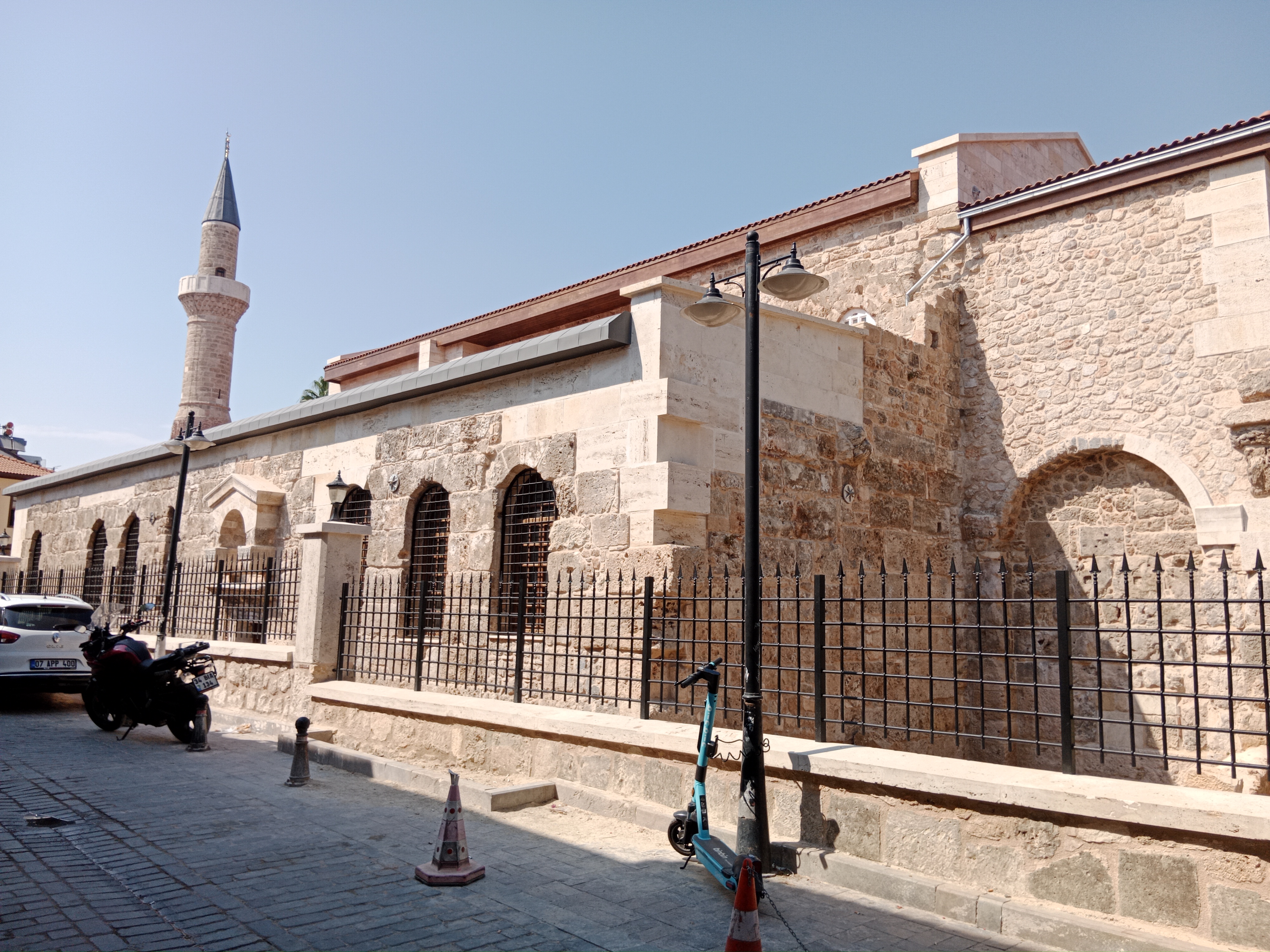
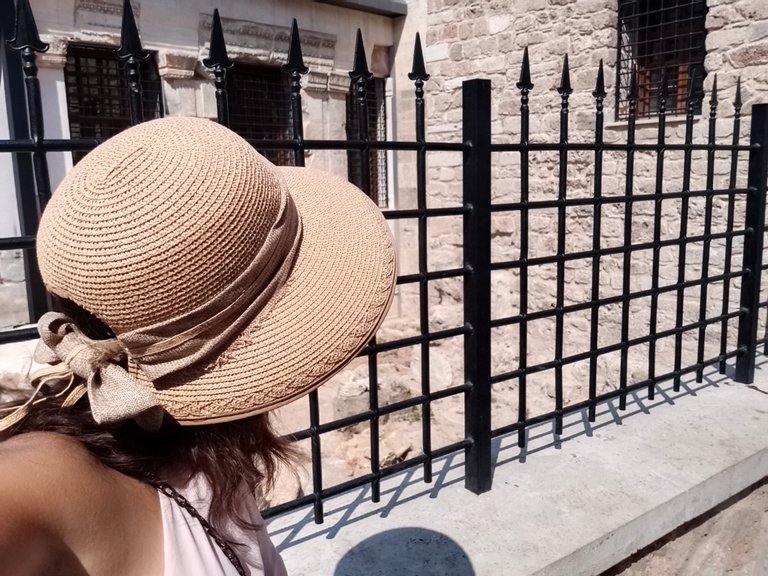
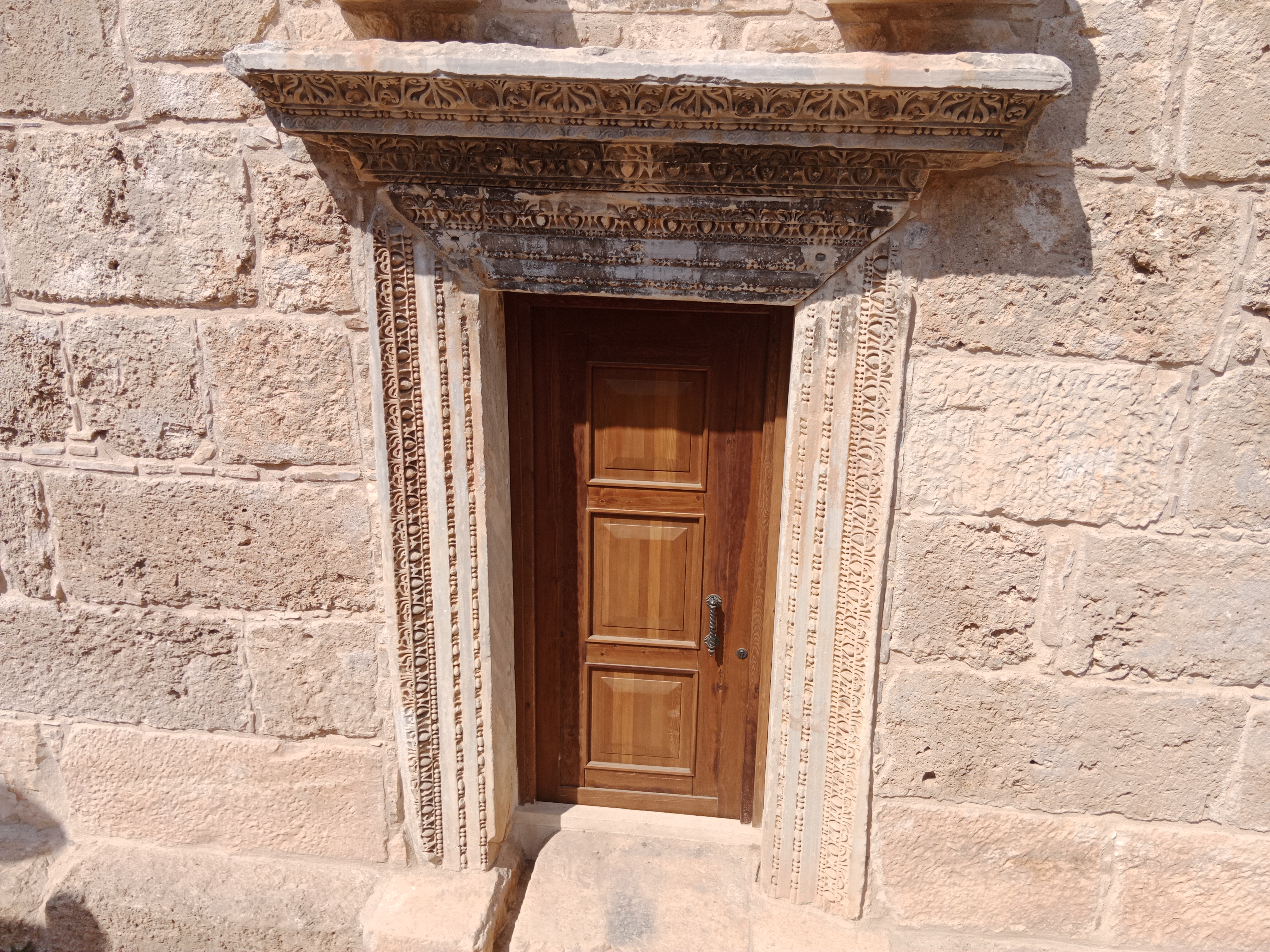
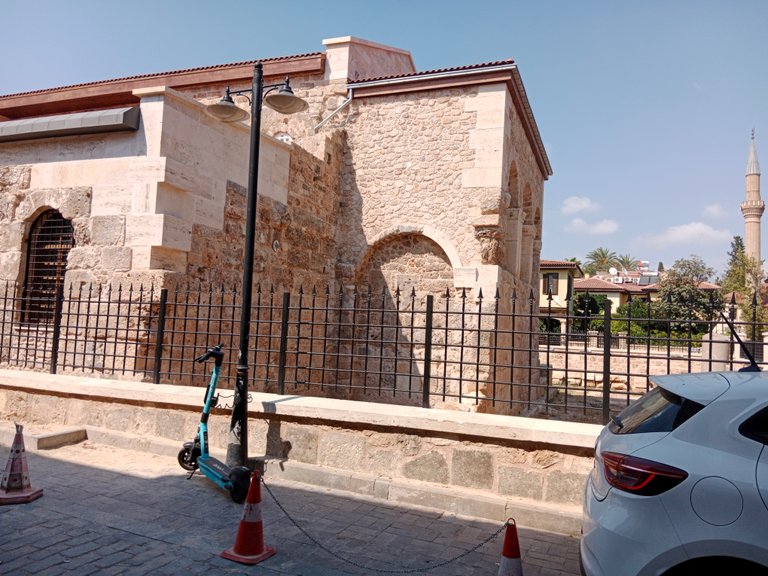
Around the mosque, the historical Kaleiçi houses were showing themselves in all their splendor.
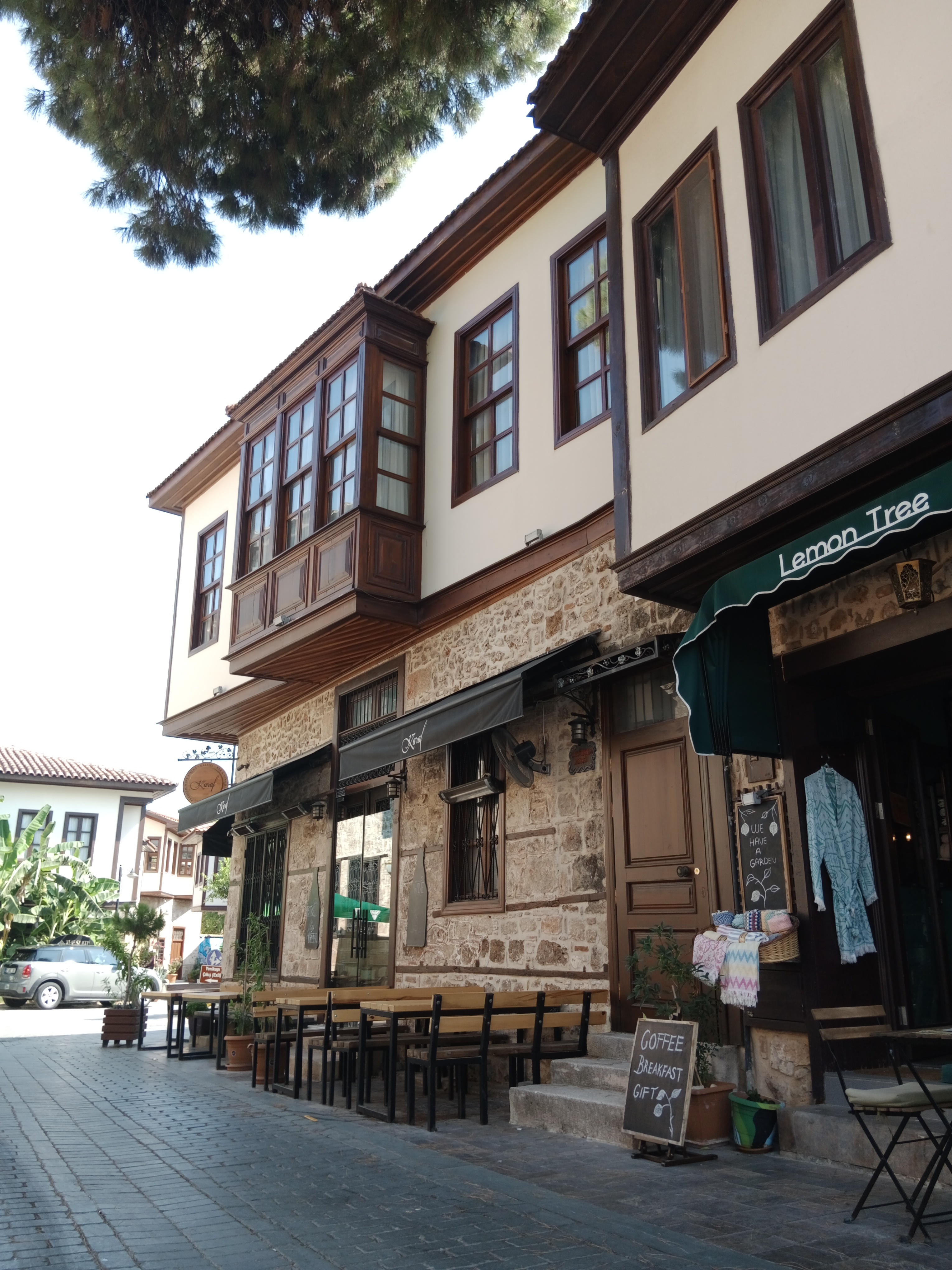

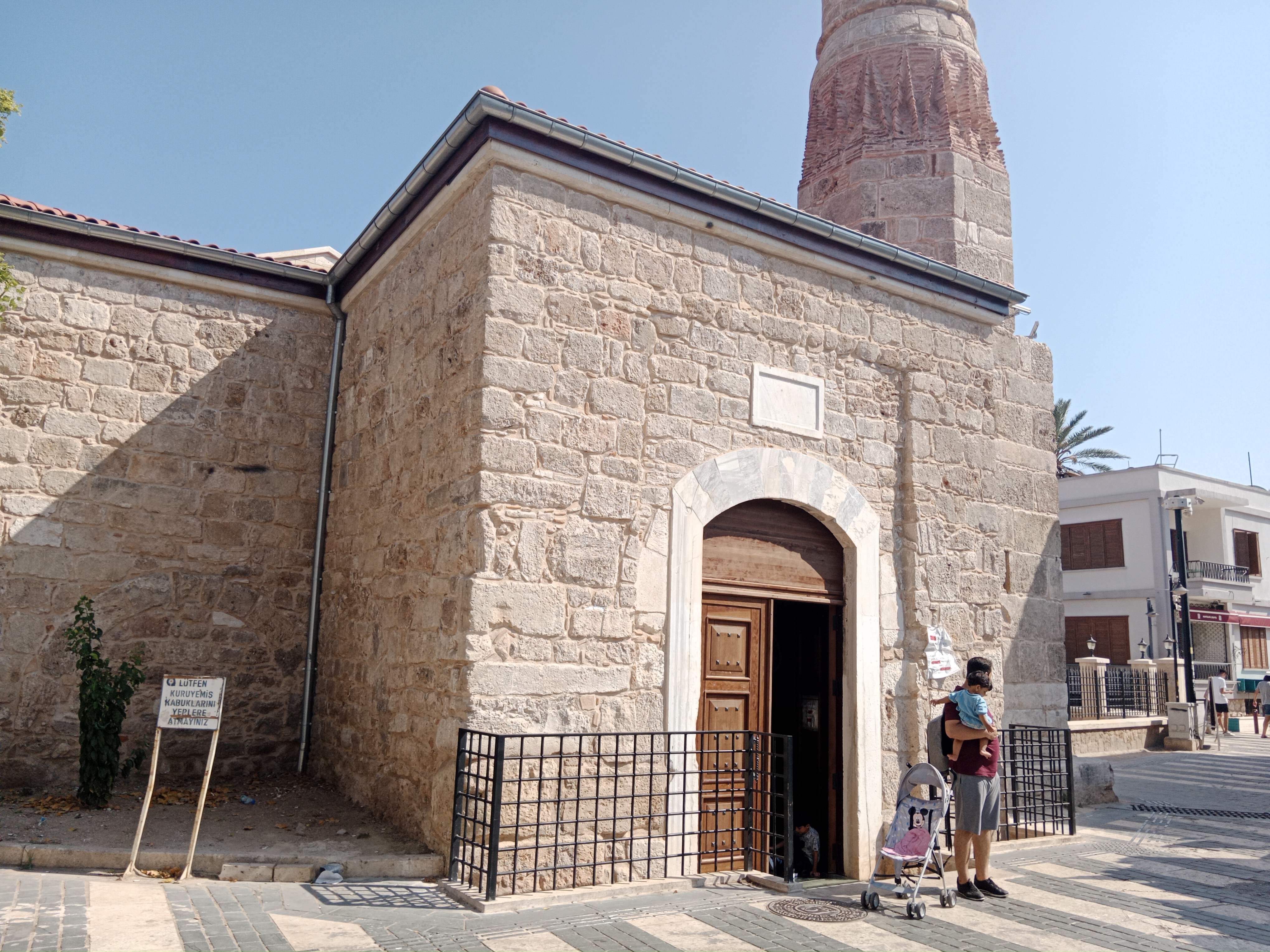
The door of the mosque was closed at first. I opened it slightly and went inside. The mosque attendant was cleaning inside. When I opened the door and entered, other tourists followed behind me to visit the mosque.
HOLY AIR IN THE MOSQUE
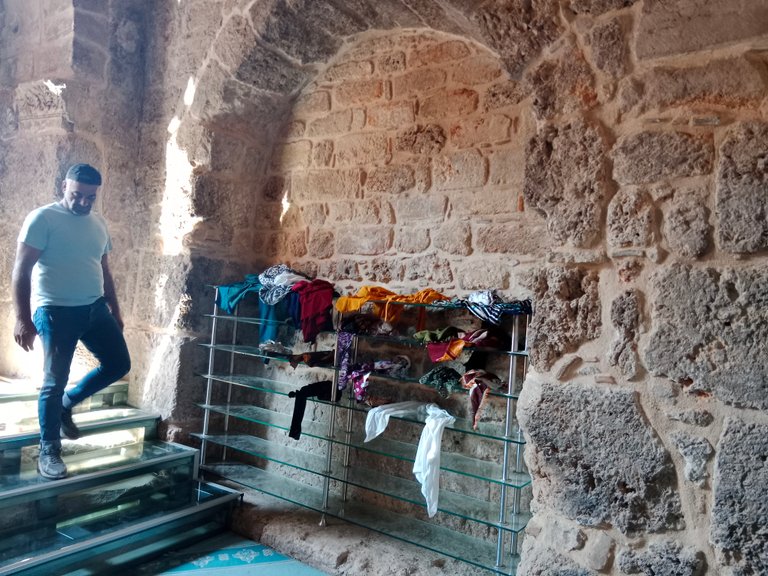
On the left side of the entrance, there were veils for women to cover their heads. According to the rules of the religion of Islam, it is not welcome to enter the mosque with your head uncovered. Since mosques are our holy places of worship in our religious belief, we are warned to cover our heads in such holy places.
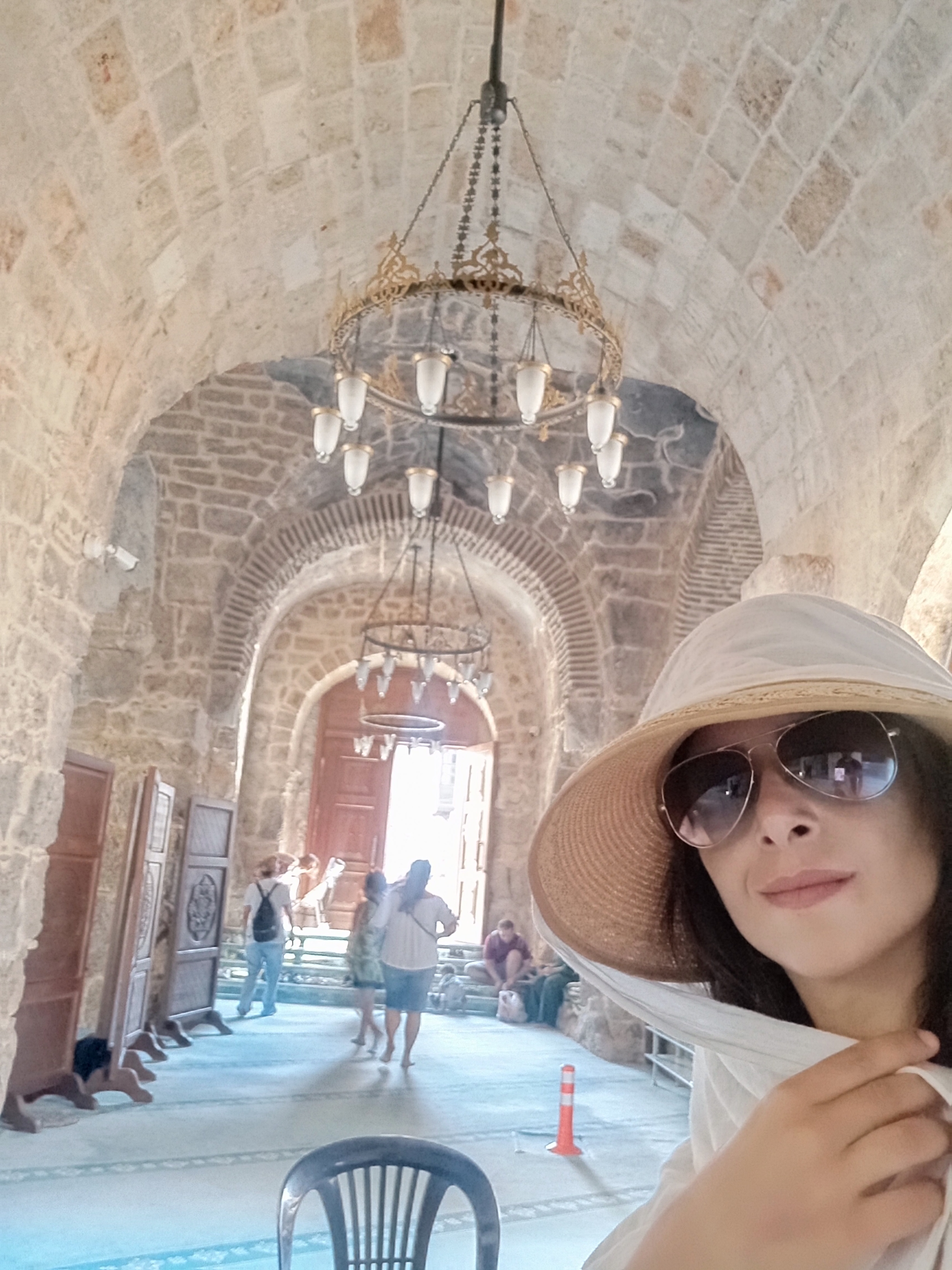


Tourists who entered after me, I guess, did not cover their heads because they did not know this rule. I had a hat on my head. So I chose a wide drape and draped the drape right over the hat. It was kind of funny, but I didn't want to hold my hat because I was going to take pictures. As soon as you enter the mosque, you feel that holy air.
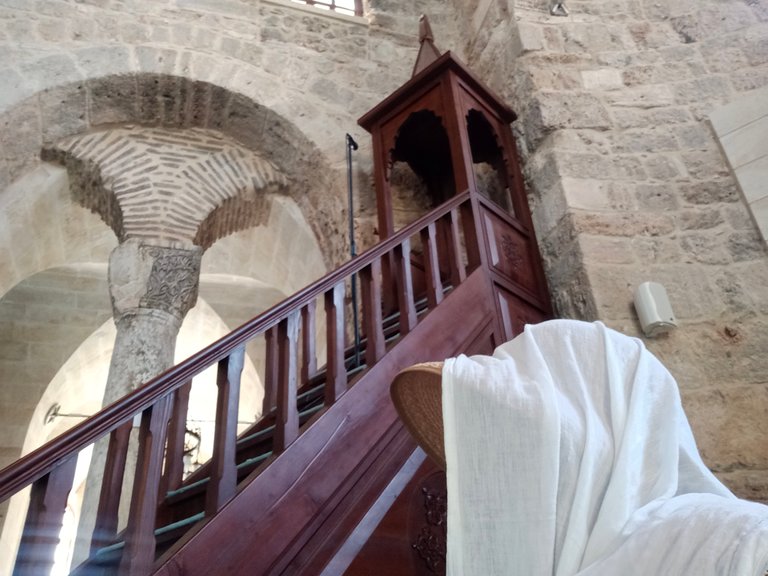
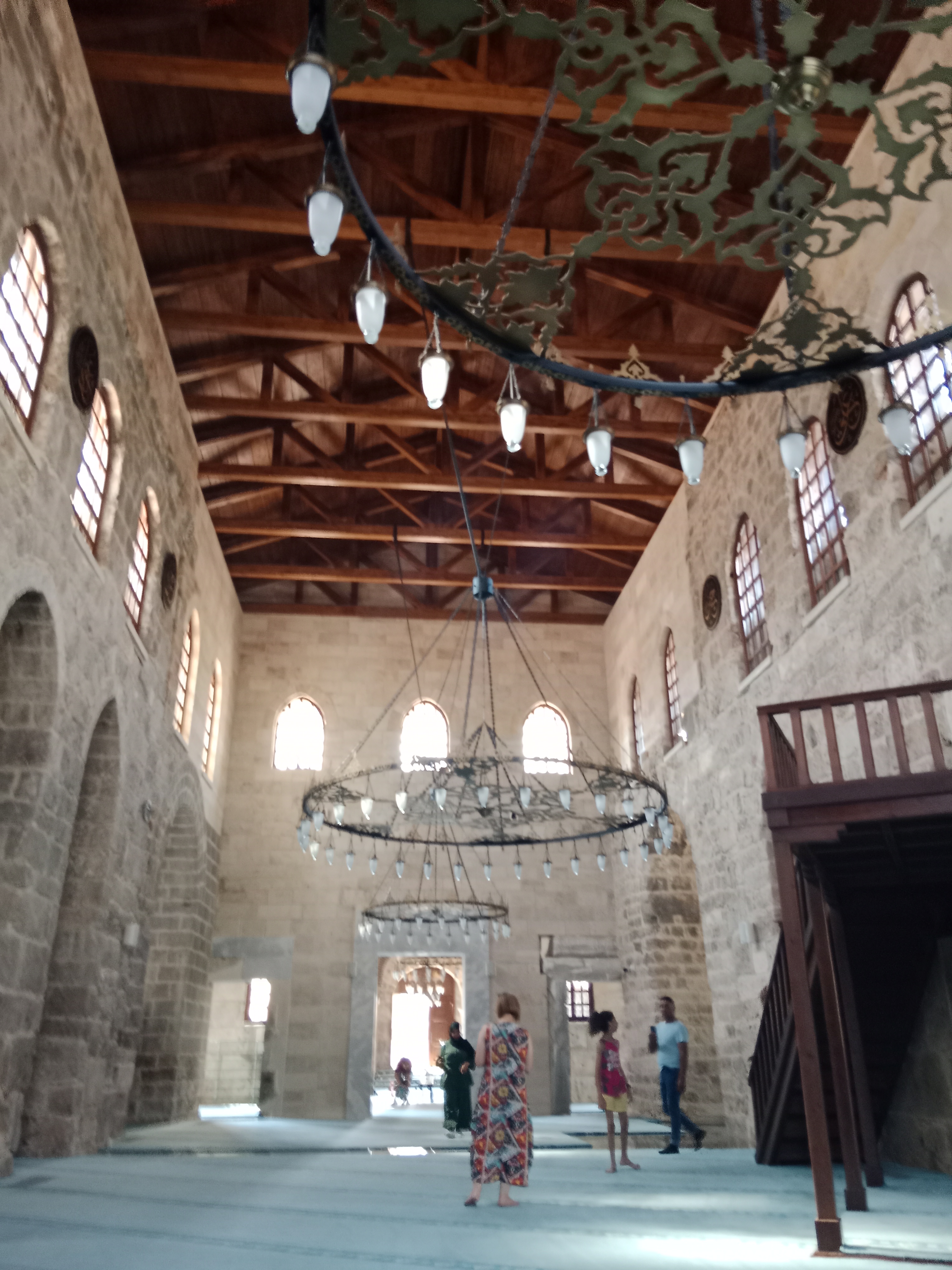
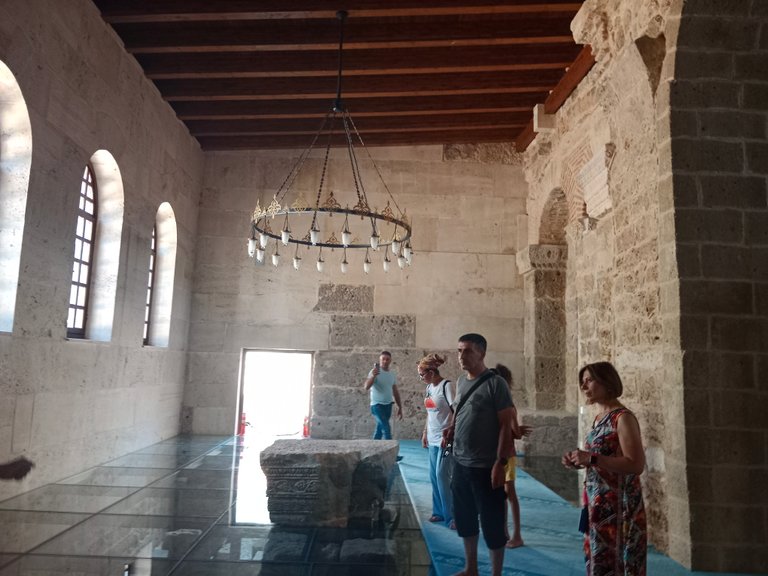
As you visit the inside of the mosque, you can easily see the historical artifacts that have survived centuries ago.
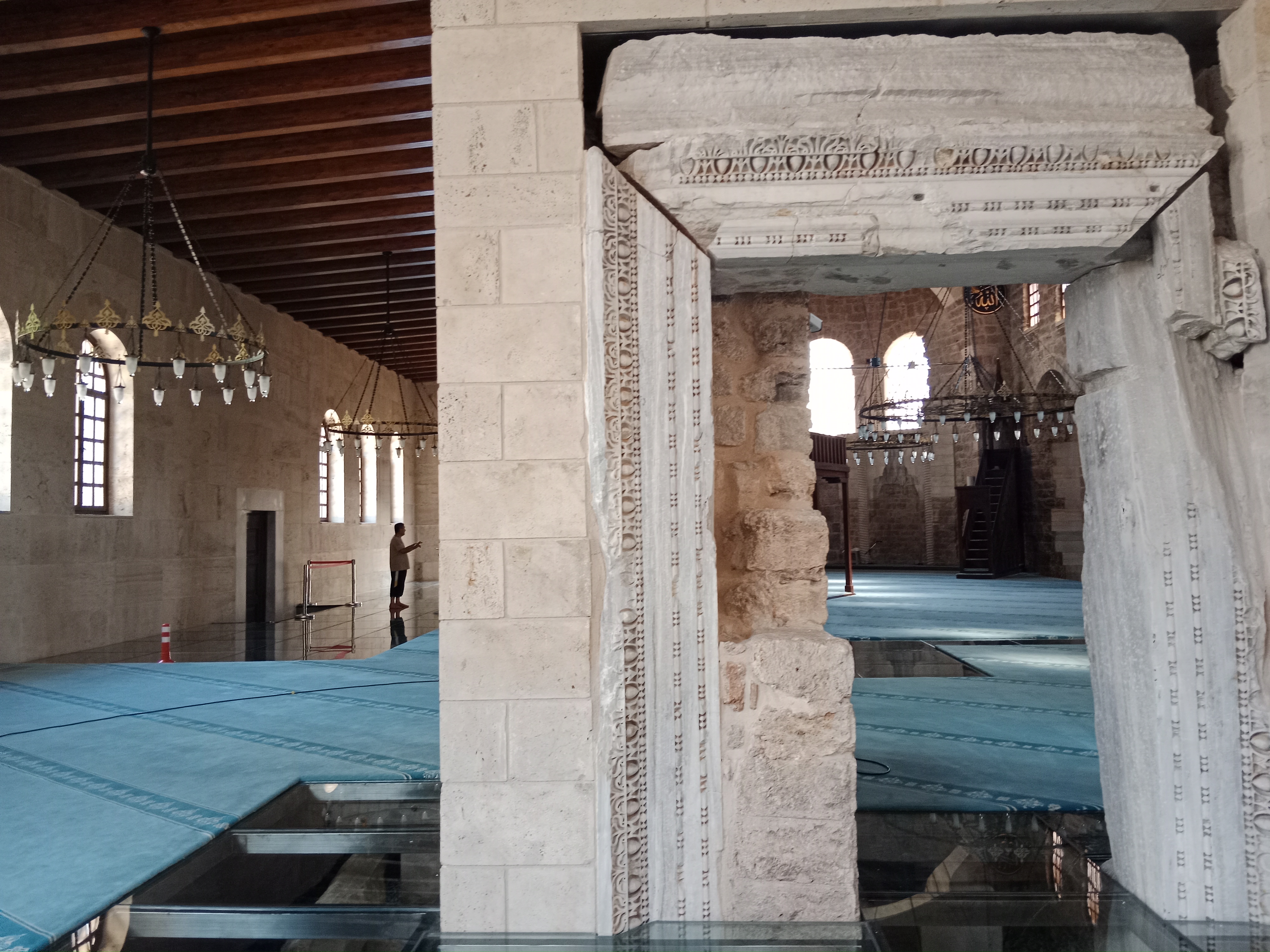
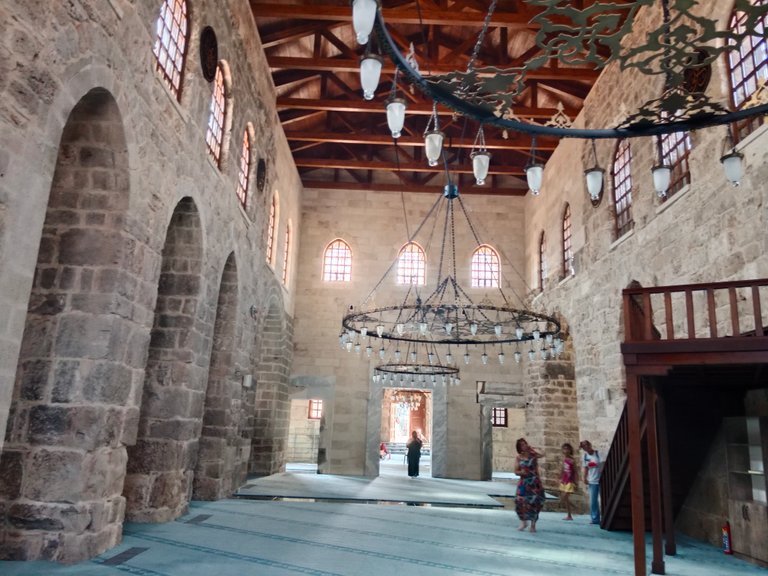
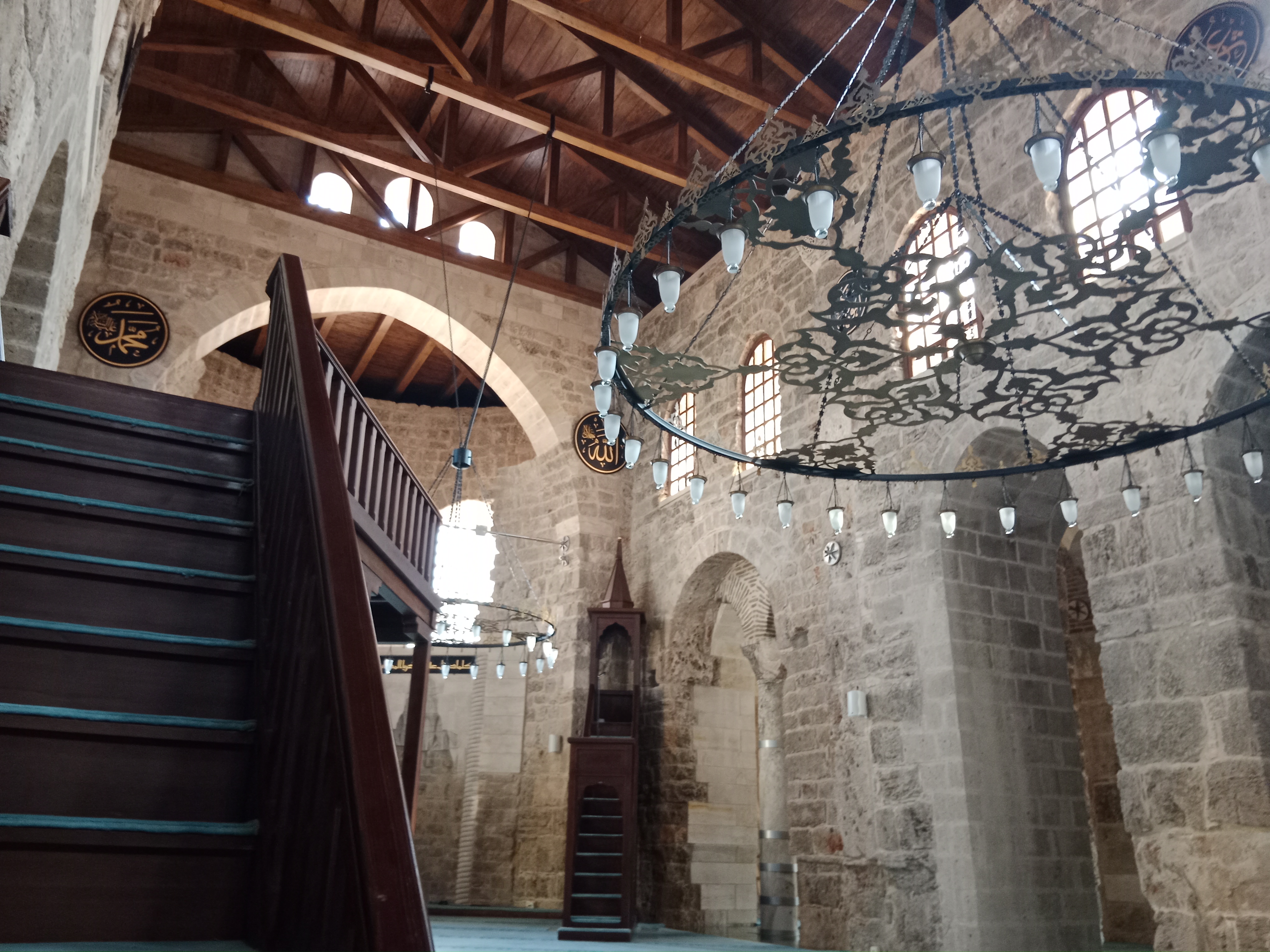
Some of the historical remains were placed in the gaps at the bottom of the mosque and covered with thick glass so that tourists can see them more easily. When I walked on these glasses and looked down, I could easily see the historical artifacts unearthed during the excavations. These glass showcases under the ground add the atmosphere of a museum here.
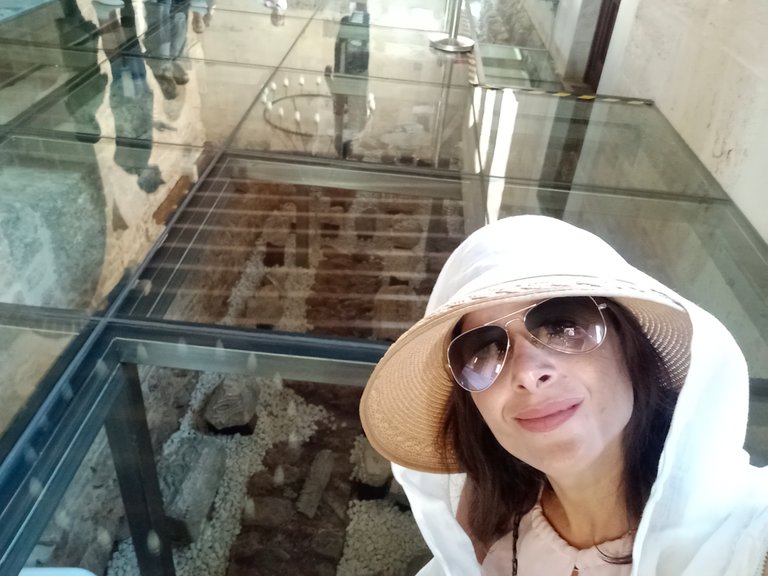
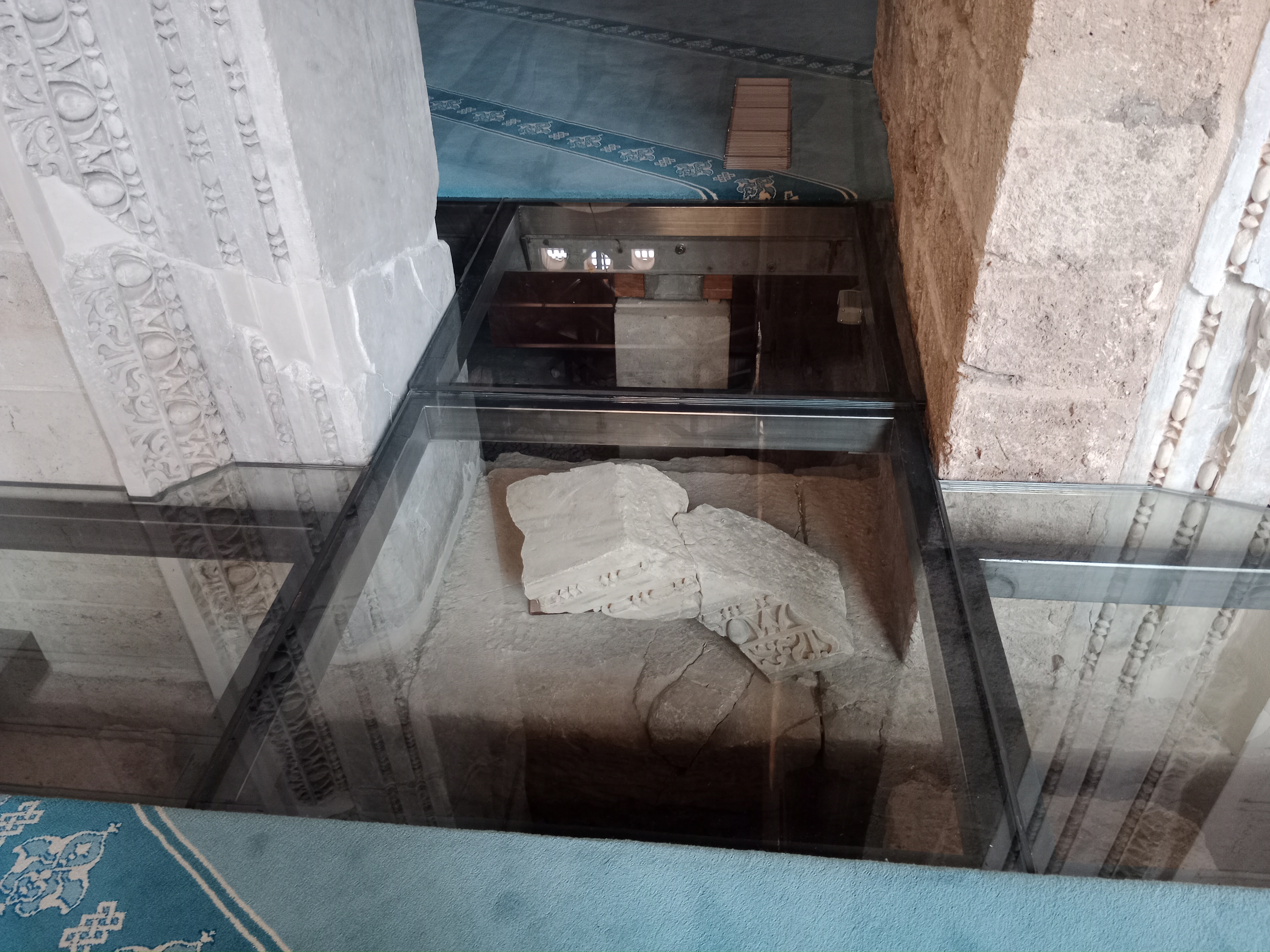
INFORMATION ABOUT THE HISTORY OF THE MOSQUE
After visiting the mosque a little more and taking pictures, the officer working in the mosque gathered all of us in one place and started to give information about the history of the mosque. I learned the name of the mosque from this official. When I got home, I did a comprehensive research about the mosque.
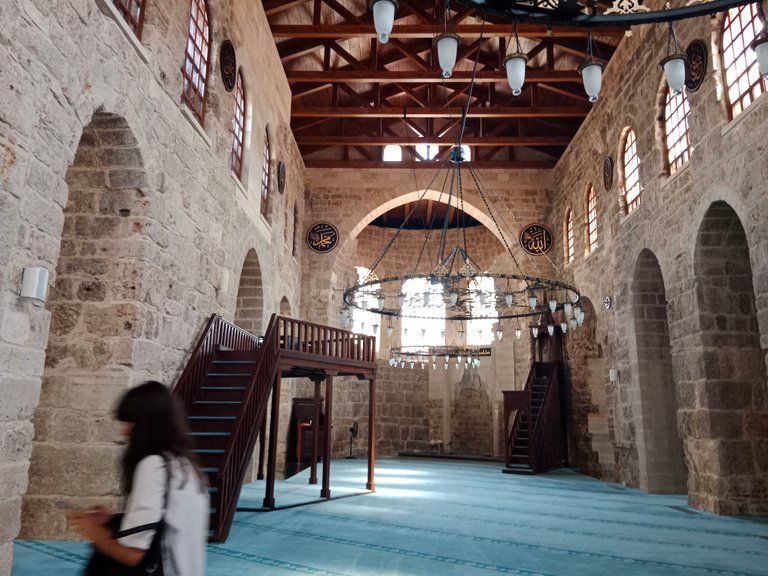
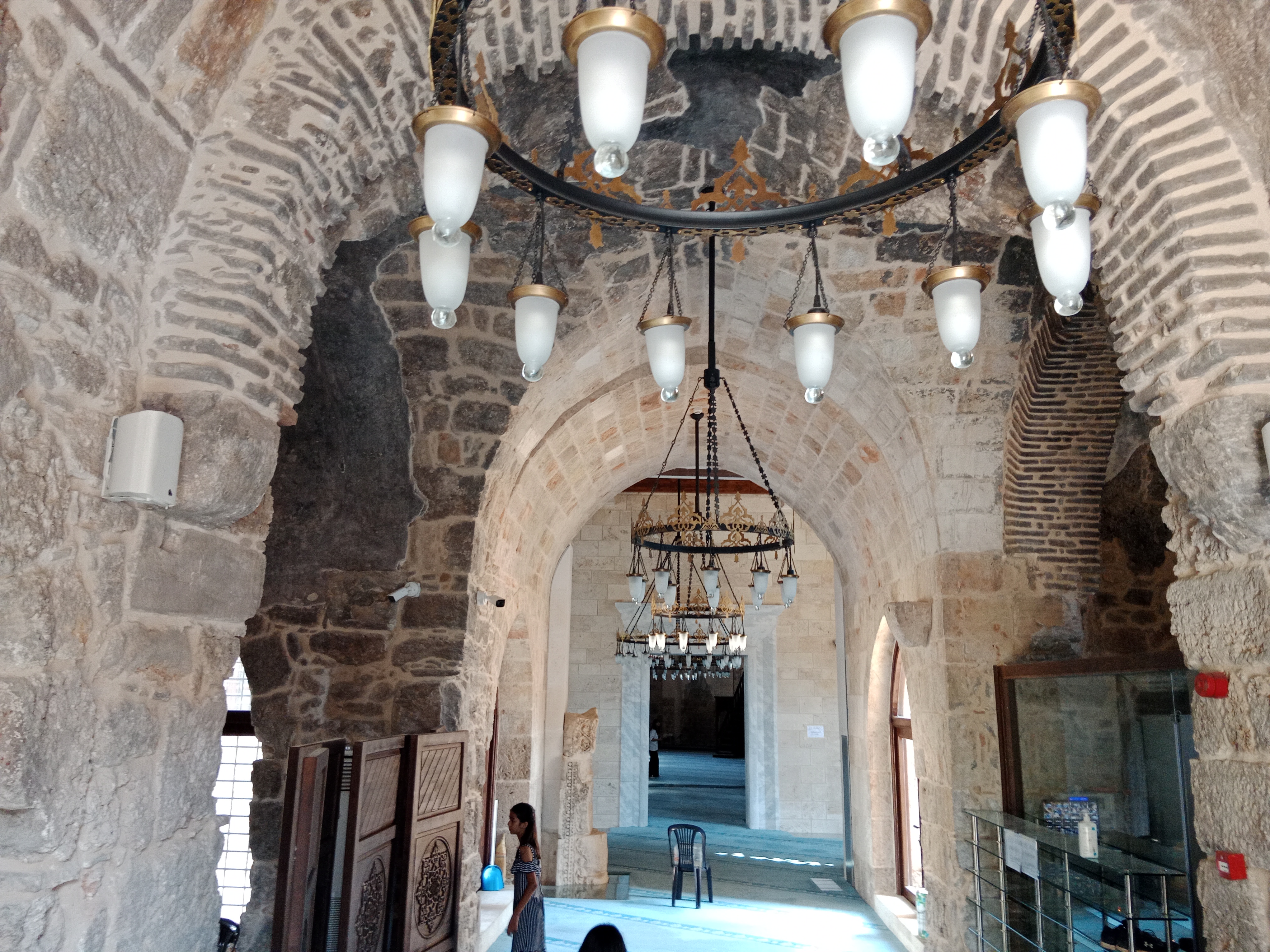
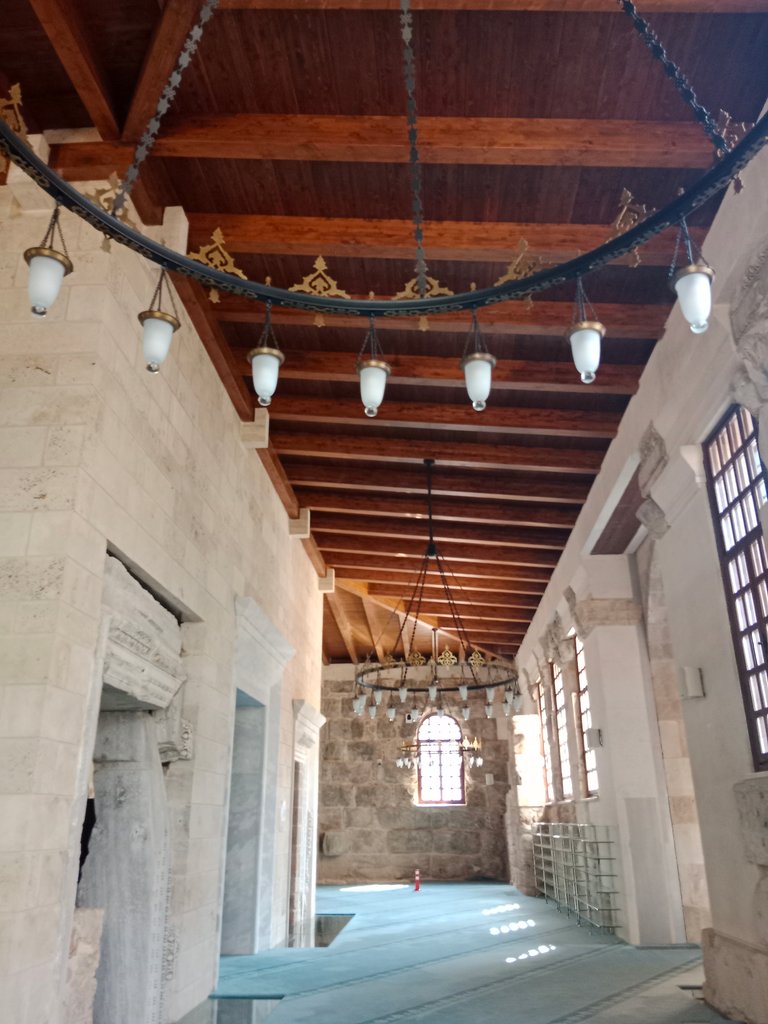
The current name of this mosque, which has hosted seven civilizations, is Sehzade Korkut Mosque.
This magnificent historical monument, which was built as a Roman temple in the 6th century BC, was converted into the King's Palace during the Byzantine period.
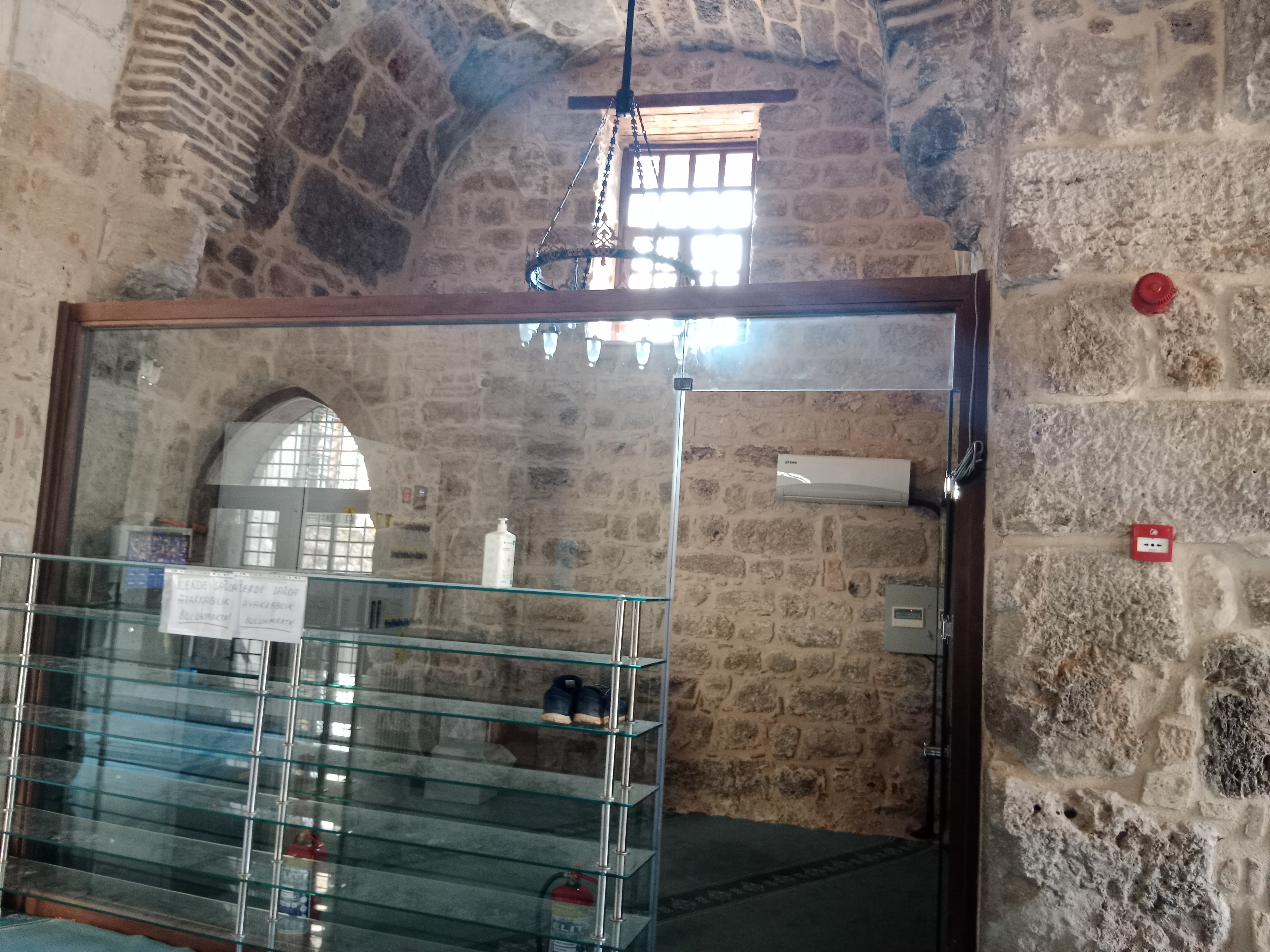
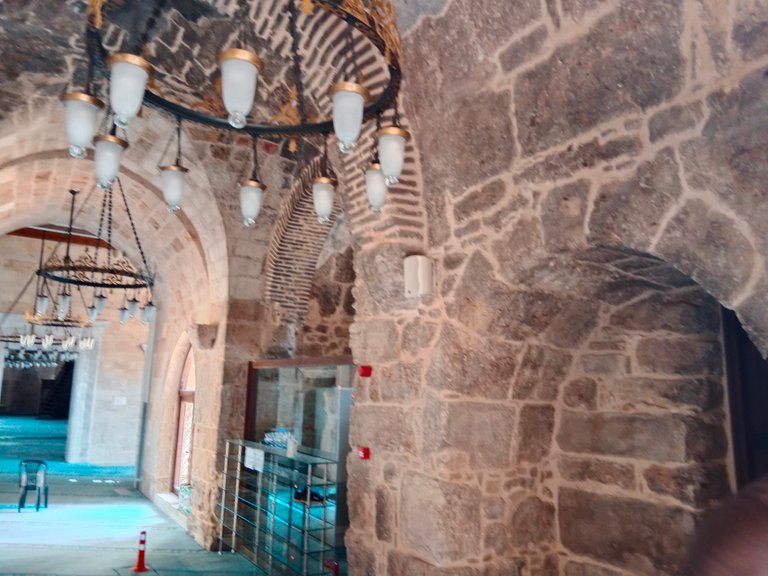
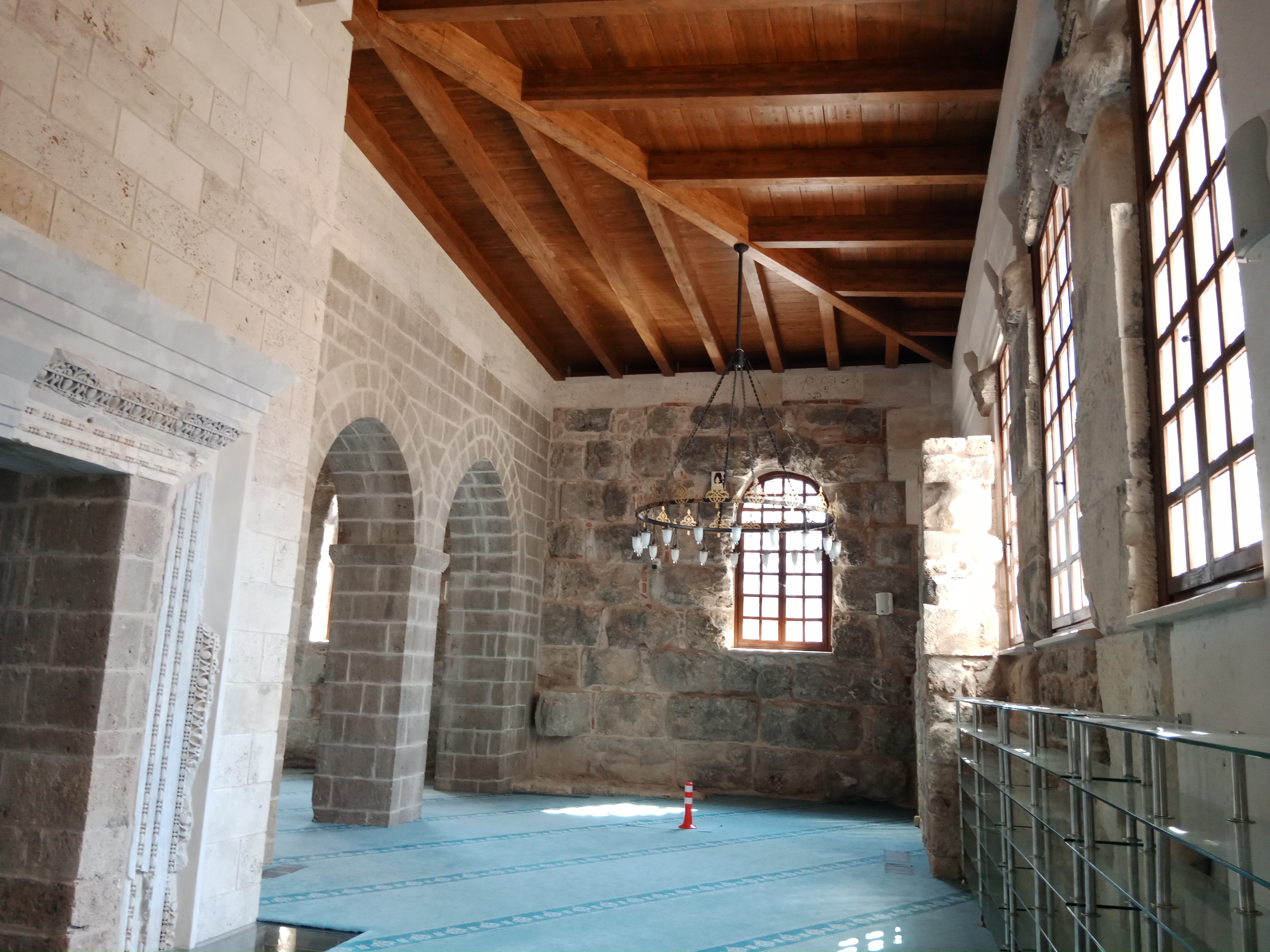
With the conquest of Antalya by the Seljuks during the Ottoman period, this mosque became the symbol of the conquest. The mosque, which was repaired by Şehzade Korkut, the son of the Ottoman Sultan Bayezid II, took the name "Korkut Mosque". The mosque was closed to worship when it suffered great damage in the fire in 1896. The mosque was badly damaged in the fire, and the wooden cone of the mosque was completely burned. That's why this mosque is called the cut-domed mosque.
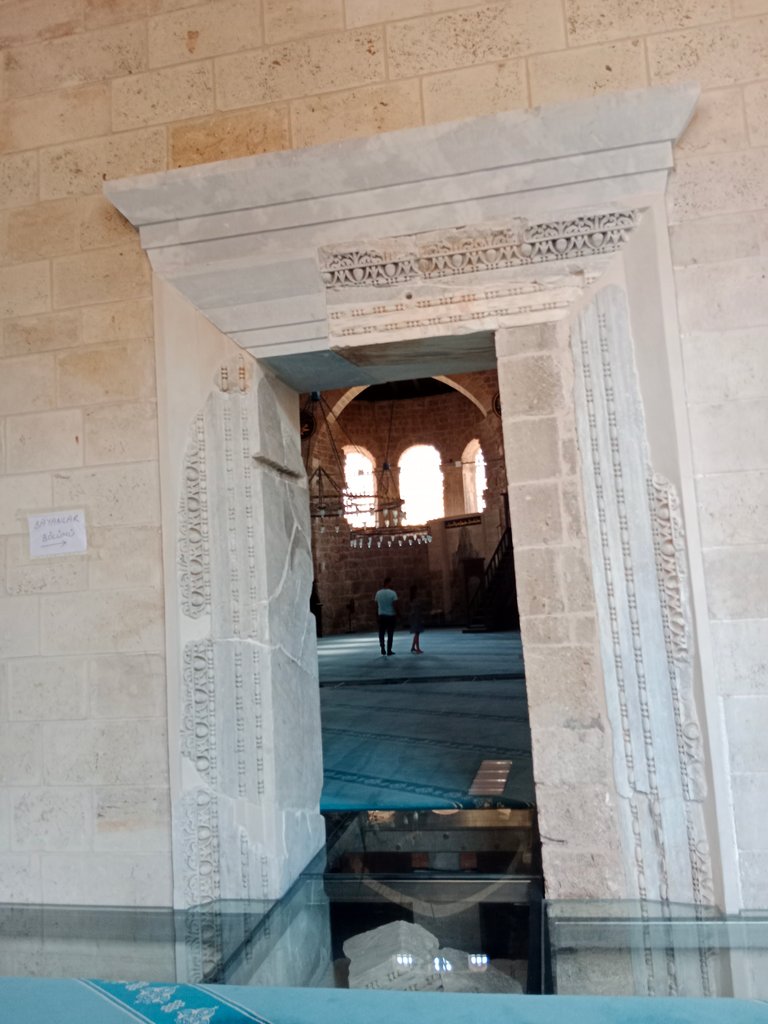


The mosque was repaired by the Antalya foundations directorate without damaging its historical texture. This mosque also preserves its historical character as the cradle of civilizations.

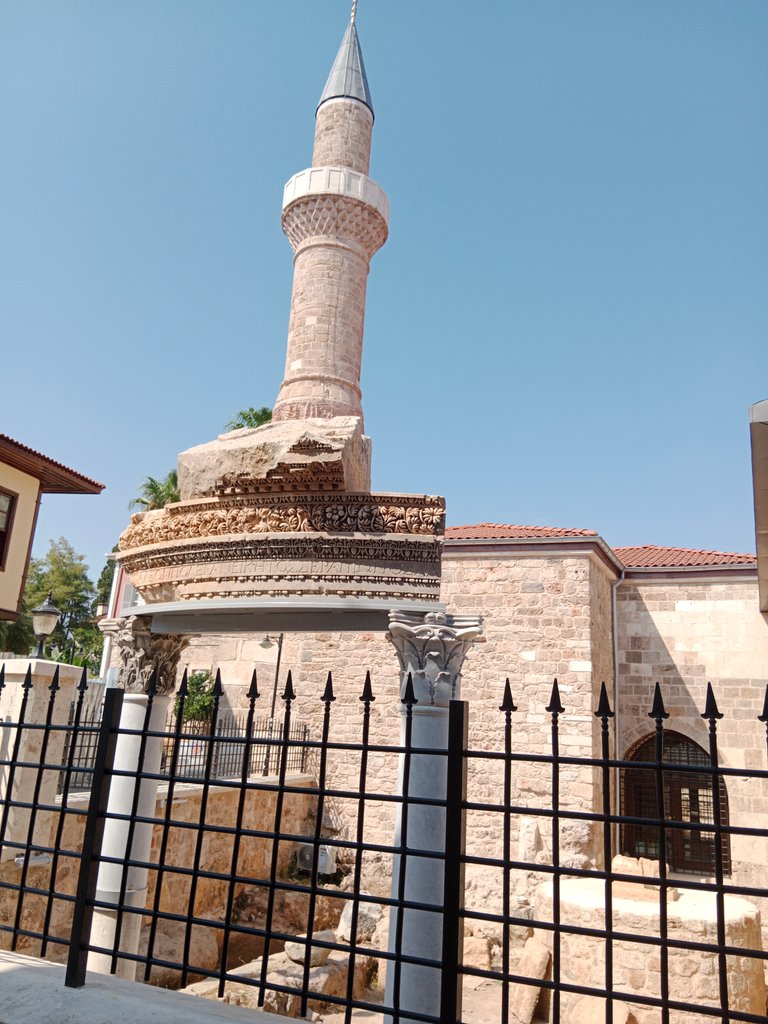
The historical ruins in the garden of the mosque and in the glass showcases give this mosque the feature of a museum. In these historical ruins, there are traces of civilization belonging to Roman, Seljuk, Ottoman and Byzantine.
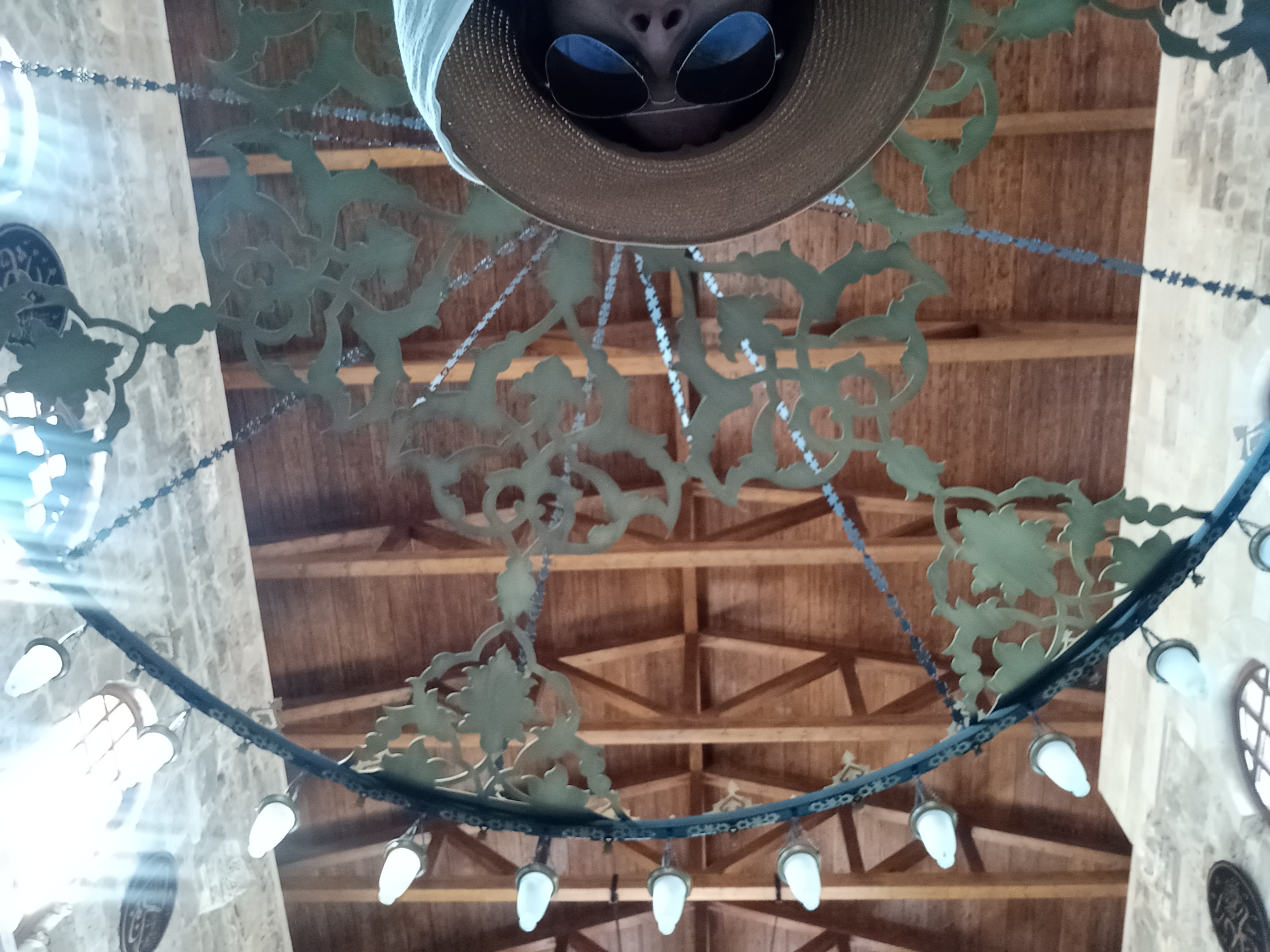
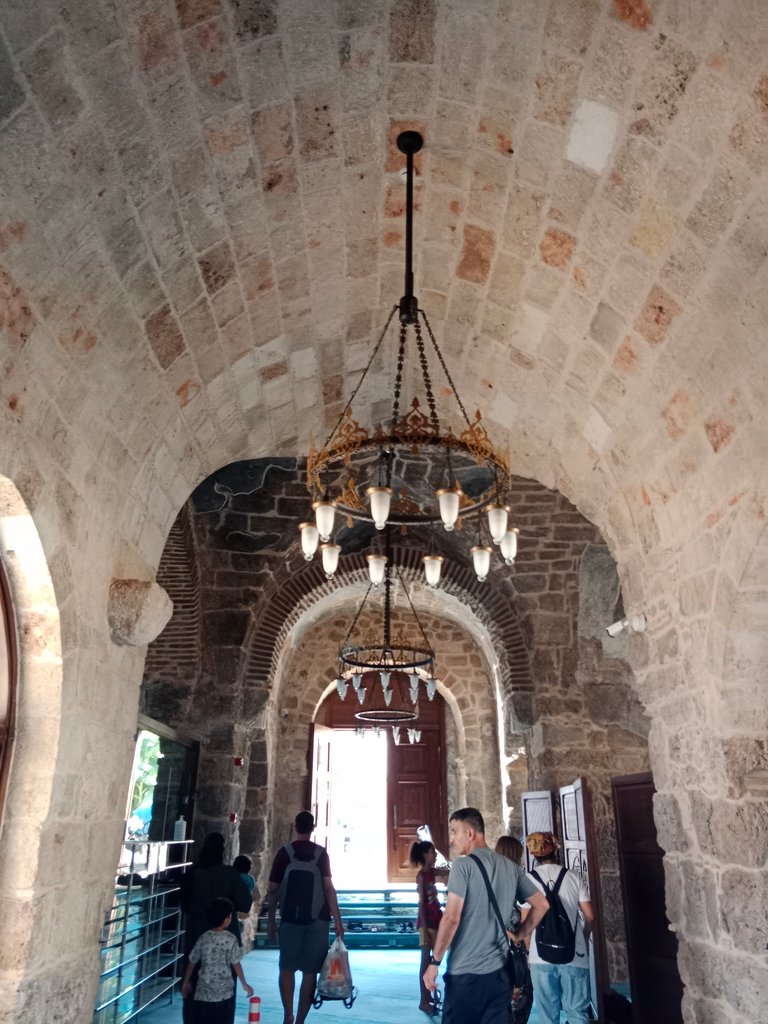
We have come to the end of our historical tour today, friends. I will continue to introduce you to the historical and natural beauties of my beautiful country, Turkey.
We have come to the end of our historical tour today, friends. I will continue to introduce you to the historical and natural beauties of my beautiful country, Turkey.
Stay with love dear friends.🥰


TR
Herkese merhaba arkadaşlar 🤗
Hepiniz nasılsınız? Umarım iyisinizdir. Hepinizin iyi olmasını diliyorum.🙏
Geçtiğimiz günlerde Antalya'nın turizm merkezi olan tarihi Kale İçinde gezerken
tesadüfen kiliseden camiye çevrilen muhteşem bir camiyi ziyaret ettim.

CAMİNİN DIŞTAN GÖRÜNTÜLERİ

Cami dıştan çok güzel görünüyordu. Bahçesinde de tarihi kalıntılar müze şeklinde sergilenmekteydi. İlk önce caminin dış cepheden fotoğraflarını çektim.




Caminin etrafında tarihi Kaleiçi evleri bütün ihtişamıyla kendilerini gösteriyorlardı.



Caminin kapısı ilk başta kapalıydı. Hafifçe araladım ve içeri girdim. İçeride cami görevlisi temizlik yapıyordu. Ben kapıyı aralayıp içeri girince arkamdan başka turistler de camiyi ziyaret için içeri girdiler.
CAMİNİN İÇİNDEKİ KUTSAL HAVA

Girişte sol tarafta bayanların başını kapatması için örtüler bulunmaktaydı. İslam dininin kurallarına göre camiye başı açık girmek hoş karşılanmıyor. Dini inanışımızda camiler bizim kutsal ibadethanemiz olduğu için bu tarz kutsal yerlerde başımızı örtmemiz ikaz ediliyor.



Benden sonra giren turistler sanırım bu kuralı bilmedikleri için başlarına herhangi bir örtü kapatmadılar. Benim başımda şapka vardı. Bu yüzden geniş bir örtü seçerek şapkanın üstüne doğru örtüyü kapattım. Biraz komik oldu ama resimler çekeceğim için şapkamı elimde tutmak istemedim. Caminin içine girer girmez o kutsal havayı hissediyorsunuz.



Caminin içerisini gezdikçe içerisinde bulunan ve yüzyıllarca yıl öncesinden günümüze kadar gelen tarihi eserleri rahatlıkla görebiliyorsunuz.



Tarihi kalıntıların bir kısmı caminin alt tarafında bulunan boşluklara konulmuş ve üzerleri kalın cam ile kaplanarak turistlerin daha rahat görmesi sağlanmıştır. Bu camların üzerinde yürüyüp aşağı tarafa baktığım zaman kazılarda çıkarılmış tarihi eserleri rahatlıkla görebiliyordum. Yerin altındaki bu cam vitrinler buraya müze havasına katmış.


CAMİNİN TARİHİ HAKKINDA BİLGİLER
Camiyi biraz daha gezip, resim çektikten sonra camide çalışan görevli hepimizi bir yere toplayarak, caminin tarihi hakkında bilgiler vermeye başladı. Caminin adını da bu görevliden öğrenmiş oldum. Eve gelince cami hakkında kapsamlı bir araştırma yaptım.



Yedi medeniyete ev sahipliği yapmış olan bu caminin şu anki adı Şehzade Korkut Camisidir.
Milattan Sonra 6. yüzyılda Roma tapınağı olarak inşa edilen bu muhteşem tarihi eser, Bizanslılar döneminde Kral Sarayı'na çevrilmiş.



Osmanlılar döneminde Selçukluların Antalya'yı fethetmesi ile birlikte bu cami fethin sembolü haline gelmiş. Osmanlı padişahı 2. Bayezid'in oğlu Şehzade Korkut tarafından onarılan cami, "Korkut Camisi" adını almış. Cami,1896'da çıkan yangında büyük zarar görünce ibadete kapatilmış. Çıkan yangında cami büyük bir hasar görmüş caminin ahşap külah kısmı tamamen yanmış. Bu yüzden bu caminin diğer adına kesik kubbeli camide denilmektedir.



Antalya vakıflar müdürlüğü tarafından cami itina ile tarihi dokusuna zarar verilmeden onarılmış. bu camiyi medeniyetlerin beşiği olarak da tarihi özelliğini korumaktadır.


Caminin bahçesindeki ve cam vitrinlerdeki tarihi kalıntılar bu camiye bir müze özelliği kazandırmaktadır. Bu tarihi kalıntılarda Roma, Selçuklu, Osmanlı ve Bizanslılara ait medeniyet izleri bulunmaktadır.


Bugünkü tarihi gezimizin sonuna geldik arkadaşlar. Güzel ülkem Türkiyem in tarihi ve doğal güzelliklerini gezerek sizlere tanıtmaya devam edeceğim.
Sevgiyle kalın sevgili dostlar.🥰



